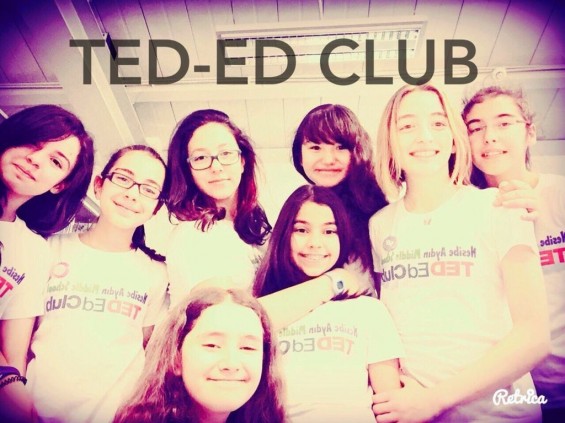
The full moon illusion
Tonight (September 19, 2013), there will be a full moon. But have you ever wondered why the full moon appears bigger at the horizon than it does when it is over your head? This is a question that Andrew Vanden Heuvel, Michigan Virtual School teacher, pursues in his lesson The Moon Illusion. We caught up with Vanden Heuvel to talk about his experience as a teacher and learned a whole lot more about his explorations.
TED-Ed first encountered Vanden Heuvel at the 100kin10 Summit, an initiative that aims to improve high-quality STEM education by increasing the supply of excellent STEM teachers. It was at this summit where Andrew first told us about the incredible virtual field trip he took with his students at CERN. Using Google Glass, Andrew took his students around the Large Handron Collider, where physicists are smashing particles together at incredible speeds. We caught up with Andrew to talk about these experiences, along with tonight’s full moon.
Tell us about your trip to CERN. Favorite moment?
I got to go to CERN as part of the “If I Had Glass” contest with Google. I told them that I would make every moment a teachable moment with a pair of Google Glasses. My favorite moment was biking through the tunnel of the Large Hadron Collider!
So, what led you to creating a lesson on a full moon?
I think it is so fascinating that this unusual illusion (the moon illusion) has been visible to humanity for thousands of years, yet we still struggle to fully understand it.
There’s a full moon tonight. What should everyone do?
Everyone should watch the full moon upside down through their legs!
To learn more about the physics happening at CERN, check out these TED-Ed Lessons. To see more about the development of Google Glass, head over here to learn how rapid prototyping made Andrew’s bike around the LHC possible.
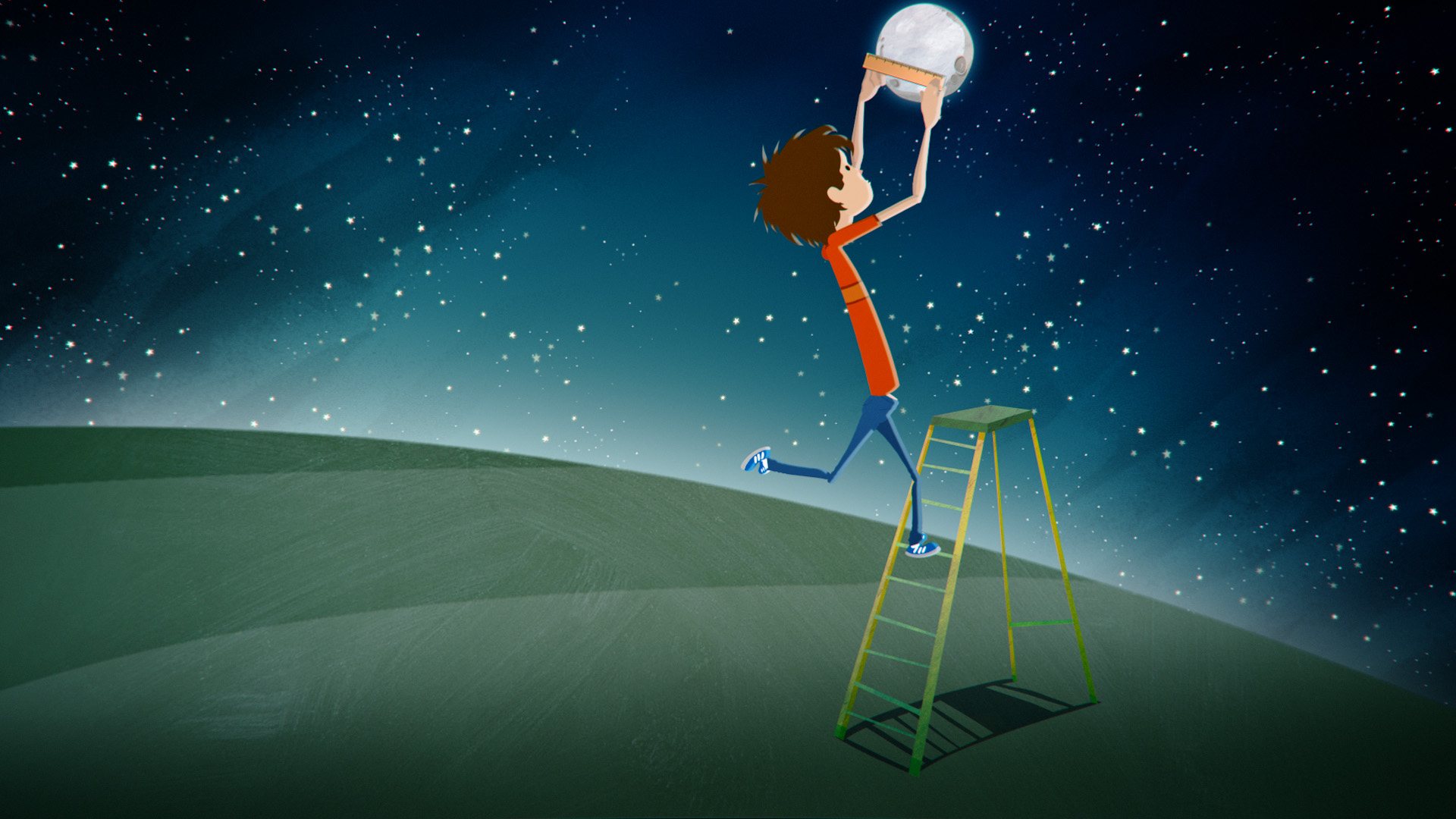
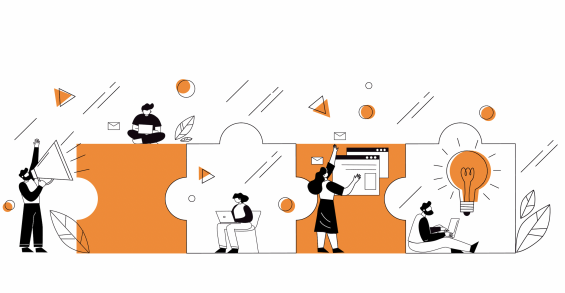

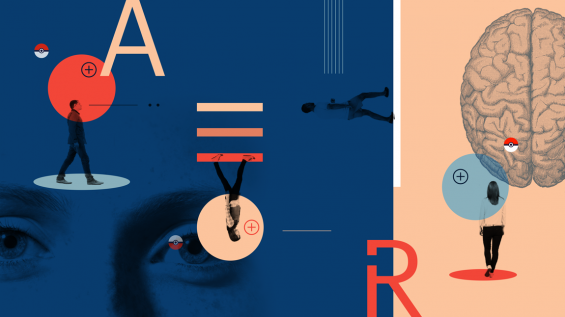
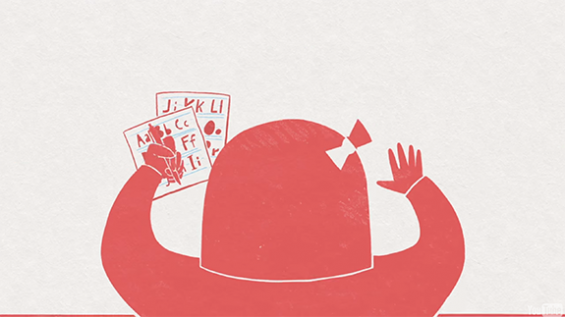
It’s very cool!